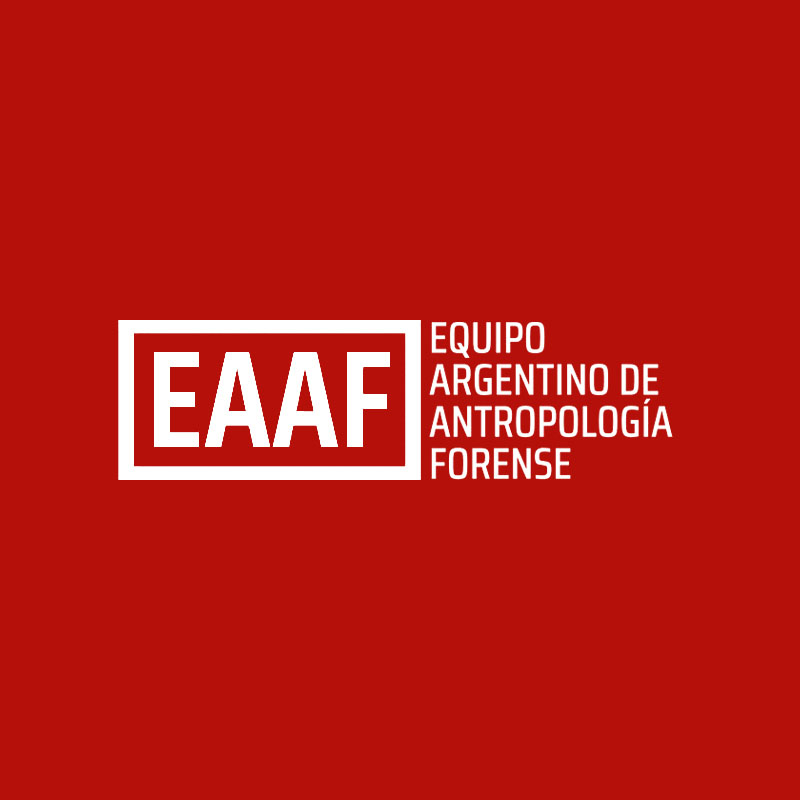October 2 ,2020

A second high-level forensic team, this time from Argentina, may soon arrive here to assist in the investigation of the murders of teenaged cousins Isaiah and Joel Henry as well as Haresh Singh, which occurred at West Coast Berbice (WCB) almost a month ago.
According to a joint statement from the Guyana Police Force (GPF), the Guyana Human Rights Association (GHRA) and the law firm Hughes, Fields & Stoby the Argentine Team of Forensic Anthropology (Equipo Argentino de Antropologia Forensica-EAAF) which has worked on high profile cases in many parts of the world has offered to send a team to Guyana including a forensic pathologist, a forensic anthropologist and a forensic radiologist.
The team will bring the equipment they need, the statement explained.
The team was one of several regional and international bodies approached by the GHRA so as to provide “the families and the society a trustworthy version of the events surrounding the murders.”
“Without an impartial version of the truth, acceptable to all right-minded Guyanese, these events will inevitably join the catalogue of unresolved atrocities embedded in Guyanese ethnic folklore. Such events are never allowed to be conclusively buried. They survive in a mythical realm leaving the listener unsure whether the event had occurred in the 1960s, 1997, 2003 and so on”, the GHRA had said in a statement on September 10.
Last night’s statement explained that discussions with the Director of EAAF are being undertaken by representatives from the GPF, GHRA and Hughes, Fields and Stoby, the firm representing pro bono the interests of the family.
It further noted that a recent zoom conference agreed the initiative will comprise a team of four people – including a forensic anthropologist, a forensic pathologist, and a forensic radiologist with the necessary technical equipment.
The team will remain in Guyana for a week and complete a Report of its findings will be made available within a month.
According to the statement the visit will happen as soon as the logistics of getting the Team to Guyana are completed including navigating the major challenge of COVID-19.
Unprecedented collaboration
“The anticipated outcome will be an unprecedented collaboration of local, regional and international forensic expertise, the EAAF team will build on the forensic work of the regional security system which is currently examining samples from the crime scene, victims and suspects,” the statement explained.
The five-member team from the Regional Security System (RSS) which is referenced has already arrived in Guyana to assist.
GHRA and the GPF have stressed that the engagement of a prestigious team such as EAAF increases the possibility of providing the families of the victims with some form of closure as well as securing a successful prosecution of the perpetrators.
“A version of the truth surrounding the deaths which is supported by the best science available locally, regionally and internationally, will also increase acceptance of by all right-thinking Guyanese. Such a Report would provide a foundation on which to build more harmonious communities both on West Coast Berbice and throughout the country,” they conclude.
On September 6 the mutilated bodies of cousins Isaiah Henry, 16, and Joel Henry, 19, were found in the Cotton Tree backdam. Three days later the body of Haresh Singh, 17, was found in the Number Two Village backdam. Three of Singh’s relatives were arrested in relation to the murder of the Henry cousins.
About three weeks ago, the police had said that investigations revealed that the Henrys were not killed at the location where their bodies were found.
The police had said that the bodies of the cousins were found about 600 feet from each other in clumps of bushes near to a coconut farm on the WCB. “…Preliminary findings showed that the bodies of the Henry boys were discovered at a secondary crime scene,” the police in a statement had said.
This means that the heinous murders were not committed where the bodies were found. “Person(s) moved the bodies after the murder and placed them at the locations where they were subsequently discovered,” the police added.
Secondary crime scene
Forensic evidence was found at the secondary crime scene and has since been collected, preserved and submitted to the Guyana Forensic Science Laboratory (GFSL) for DNA analysis.
The police had also said that DNA samples were also collected from the suspects who were in custody and sent for a comparative analysis to be conducted against the forensic evidence collected from the secondary crime scene.
Samples have also been dispatched to St Lucia.
EAAF was established in 1984 to investigate the cases of at least 9,000 disappeared people in Argentina under the military government that ruled from 1976-1983.
Since its foundation, the organization has worked in 55 countries. It is currently involved in the case over the disappearance of 43 students in Mexico currently attracting much international attention.
EAAF is made up of 70 members with qualifications in different scientific fields, such as anthropology, archaeology, medicine, criminalistics, information technology, biology, and genetics. They work at the different offices that the institution has in Argentina (Buenos Aires, Córdoba, Tucumán) as well as in New York, Mexico, and South Africa.
Since its creation, EAAF has remained independent of any government or political party, and is distinguished by its low profile, more involved with actions than with words.
Its financing sources are typically European and North American foundations, some European states, and, since 2005, the Argentine state.
